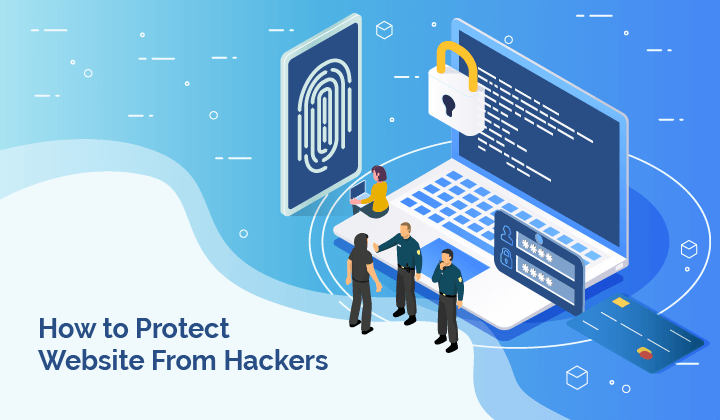- Protecting Websites and Hosting Accounts with SSL and Enhanced Security Measures

In an era where cyber threats are rampant, safeguarding your website and hosting accounts from security breaches is crucial. Implementing robust security measures, including SSL (Secure Sockets Layer) encryption, can significantly enhance the protection of sensitive data. In this article, we will explore effective strategies to fortify your website and hosting accounts against security threats, with a focus on SSL and other essential security practices.
Implement SSL/TLS Encryption
SSL/TLS encryption is a fundamental security measure that establishes an encrypted connection between a user's browser and your website. By encrypting data during transmission, SSL ensures that sensitive information, such as login credentials, credit card details, and personal data, remains secure and inaccessible to unauthorized parties. Obtain an SSL certificate from a reputable certificate authority (CA) and configure your website to use HTTPS (HTTP Secure) protocol to enable SSL encryption.
Regularly Update Software and Plugins
Keeping your website's software, including CMS platforms and plugins, up to date is critical. Developers frequently release updates to address security vulnerabilities and patch any loopholes that hackers may exploit. Regularly check for updates and apply them promptly to ensure your website is protected against known vulnerabilities.
Strong Passwords and Two-Factor Authentication (2FA)
Enforce strong passwords for all user accounts associated with your website and hosting accounts. Encourage the use of complex passwords that include a combination of uppercase and lowercase letters, numbers, and special characters. Additionally, implement Two-Factor Authentication (2FA) wherever possible. 2FA adds an extra layer of security by requiring users to provide a second verification factor, such as a unique code sent to their mobile device, in addition to their password.
Implement Web Application Firewalls (WAF)
Web Application Firewalls (WAFs) act as a protective barrier between your website and potential threats. They analyze incoming web traffic, detecting and blocking malicious requests, such as SQL injections, cross-site scripting (XSS) attacks, and brute-force login attempts. WAFs provide an additional layer of defense, helping to prevent unauthorized access and safeguard your website's data.
Regular Backups
Frequent backups are essential in case of security incidents or data loss. Schedule regular backups of your website and hosting accounts, and store them securely offsite or using a cloud-based service. In the event of a security breach, backups allow you to restore your website to a previous, unaffected state, minimizing downtime and data loss.
Secure Hosting Environment
Choose a reputable hosting provider that prioritizes security. Ensure that they implement robust security measures, including firewalls, intrusion detection systems, and regular security audits. Opt for hosting plans that offer SSL/TLS encryption and provide secure server configurations to protect against potential vulnerabilities.
Secure File Transfer
When uploading files to your hosting account, use secure file transfer protocols such as SFTP (Secure File Transfer Protocol) or SSH (Secure Shell). These protocols encrypt data during transmission, reducing the risk of interception or tampering by malicious actors.
Security Monitoring and Scanning
Implement a comprehensive security monitoring system that alerts you to potential threats or suspicious activities. Automated scanning tools can regularly check your website for vulnerabilities, malware, or outdated software. Promptly address any identified issues to maintain a secure environment.
User Permissions and Access Control
Limit user access to your website and hosting accounts to only necessary personnel. Grant appropriate permissions based on roles and responsibilities, ensuring that each user has the minimum access required. Regularly review and remove unnecessary accounts or modify access privileges when personnel changes occur.
Educate and Train Your Team
Invest in regular security awareness training for your team members. Educate them about common security threats, phishing attacks, and best practices for password management. Encourage a culture of security consciousness and prompt reporting of any suspicious activities.
Protecting your website and hosting accounts from security threats requires a multi-layered approach. By implementing SSL/TLS encryption, regularly updating software, enforcing strong passwords and 2FA, utilizing web application firewalls, and maintaining backups, you can significantly enhance security. Additionally, secure hosting environments, secure file transfers, security monitoring, user access control, and team education play vital roles in fortifying your website against cyber threats. By embracing these practices, you can establish a strong security posture and safeguard your website and sensitive data from potential breaches.





